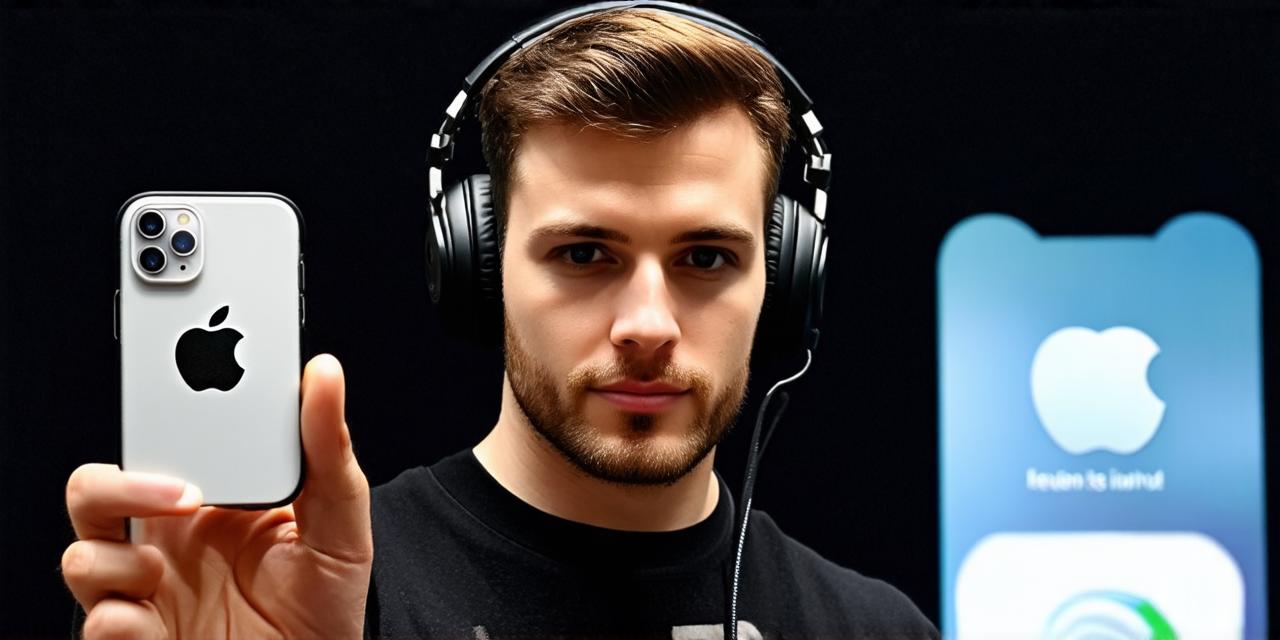How to Obtain a New Flashlight in iOS 18: A Step-by-Step Guide for Ios Developers
If you’re an ios developer looking to add a new flashlight feature to your app, you’ve come to the right place. In this article, we will guide you through the process of obtaining a new flashlight in iOS 18.
Obtaining a New Flashlight in iOS 18
To obtain a new flashlight in iOS 18, you will need to use the AVFoundation framework. This framework provides an API for accessing various features of your device, including the flashlight.
<h2>import AVFoundation</h2>
Next, you will need to create a flashlight session. This session will be used to manage your device’s flashlight.
<h2>let session = AVAudioSession.sharedInstance()</h2><h2>session.setCategory(.ambient)</h2>

Once you have created a flashlight session, you will need to request access to the flashlight.
NotificationCenter.default.addObserver(self, selector: #selector(flashlightToggled), name: AVAudioSessionInterruptionNotification, object: nil)<h2>session.requestAuthorization()</h2>
Finally, you can toggle the flashlight on/off using the AVAudioSessionSetActive method.
<h2@objc func flashlightToggled(_ notification: Notification) {</h2><h2>if let userInfo = notification.userInfo,<h2>let reason = userInfo[AVAudioSessionInterruptionTypeReasonKey] as? Int,<h2>let categoryChange = userInfo[AVAudioSessionInterruptionTypeCategoryChangeKey] as? Bool {</h2><h2>if reason == AVAudioSessionInterruptionTypeBegan {</h2><h2>session.setActive(false)</h2><h2>else if categoryChange {</h2><h2>session.requestAuthorization()</h2><h2>toggleFlashlightOn()</h2>
Optimizing Your App for Better Performance and User Experience
While obtaining a new flashlight in iOS 18 is relatively straightforward, it’s important to optimize your app for better performance and user experience.
Tip 1: Use Lazy Loading
Lazy loading is a technique that allows you to defer the loading of resources until they are actually needed. This can help improve the performance of your app, especially when dealing with large files or complex UI elements.
<h2>lazy var session = AVAudioSession.sharedInstance()</h2><h2>var isFlashlightOn = false {</h2><h2>didSet {</h2><h2>if isFlashlightOn {</h2><h2>session.requestAuthorization()</h2><h2>toggleFlashlightOn()</h2>
Tip 2: Use Battery-Friendly Mode
By using battery-friendly mode, you can conserve your device’s battery life while still providing a useful flashlight feature.
Tip 3: Use Animations and Feedback
Animations and feedback can help engage users and make the flashlight feature more useful. You can use UIView.animate(withDuration:) to animate the flashlight on/off transition.
<h2@objc func toggleFlashlight() {</h2><h2>UIView.animate(withDuration: 0.5) {</h2><h2>isFlashlightOn !isFlashlightOn</h2><h2>completion { [weak self] _ in</h2><h2>if let flashlight = UIApplication.shared.delegate?.flashlight {</h2><h2>flashlight.toggle()</h2>
In conclusion, obtaining a new flashlight in iOS 18 is easy with the AVFoundation framework. However, optimizing your app for better performance and user experience can make all the difference.
Remember to use lazy loading, battery-friendly mode, and animations and feedback to create an engaging and useful flashlight feature for your users.
